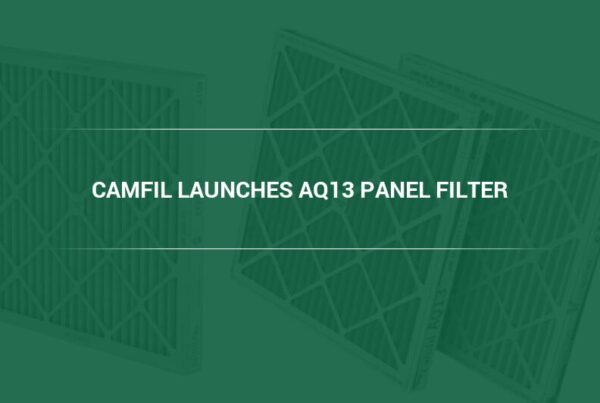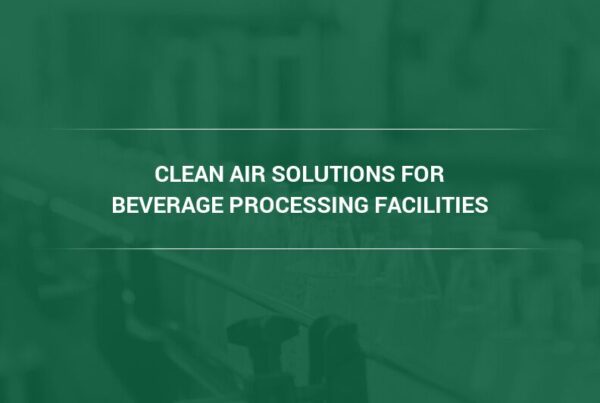The importance of effective air filtration cannot be overstated. Whether it’s in our homes, workplaces, or healthcare facilities, the air we breathe has a direct impact on our well-being. This is where the concept of particle capture efficiency comes into play, and understanding it is crucial for anyone concerned about indoor air quality.
What is Particle Capture Efficiency?
Particle capture efficiency is a measure of how well an air filter removes particles from the airstream. High-efficiency filters are designed to protect people, equipment, and products by filtering harmful particles from the air. In a recent video by Camfil, a leading provider of air filtration solutions, the intricacies of particulate air filtration are explored in detail. Watch the video here to gain a deeper understanding of this vital topic.
The Role of MERV Values
One of the key concepts discussed in the video is MERV (Minimum Efficiency Reporting Value). Introduced by the ASHRAE committee in 1999, the MERV rating is a standardized test that establishes a scale from 1 to 16 to rate the efficiency of air filters in removing smaller particles from the airstream. The higher the MERV, the more efficient the filter is at trapping smaller particles.
The Importance of Filter Media
The effectiveness of an air filter largely depends on its media, which is the fabric-like portion within the frame that supports it. Ideal filter media consists of a large number of fine fibers in a confined space, constructed as a non-woven fabric. This type of media captures particles through mechanical principles, ensuring efficiency for the entire service life of the filter.
Challenges with Electrostatically Charged Media
While electrostatically charged media can achieve high MERV ratings initially, they pose challenges in air filtration, especially for prolonged use. As ultrafine particles accumulate on the charged fibers, the attraction weakens, allowing smaller particles to pass through the filter. This efficiency drop-off is particularly concerning in healthcare facilities, where high-efficiency final filters target the smallest and most dangerous particles.
Addressing the Issue with MERV-A Values
To address the degradation of electrostatically charged filters, ASHRAE introduced Appendix J in 2007. This optional addition to the test introduces a conditioning step that negates any electrostatic charge present on the media, providing a more accurate reflection of how a filter will perform under real-life conditions. Filters should be selected based on their MERV-A values, particularly in healthcare applications.
Camfil’s Commitment to Quality
Camfil stands behind its published MERV-A ratings, guaranteeing that its filters will deliver the expected performance for their entire service life. This assurance is crucial for ensuring that the air we breathe is as clean and safe as possible.
In conclusion, understanding particulate air filtration and the role of MERV values is essential for maintaining indoor air quality. By choosing the right filters and being aware of the factors that affect their efficiency, we can protect our health and the environment. Be sure to watch Camfil’s informative video to learn more about this important topic.



